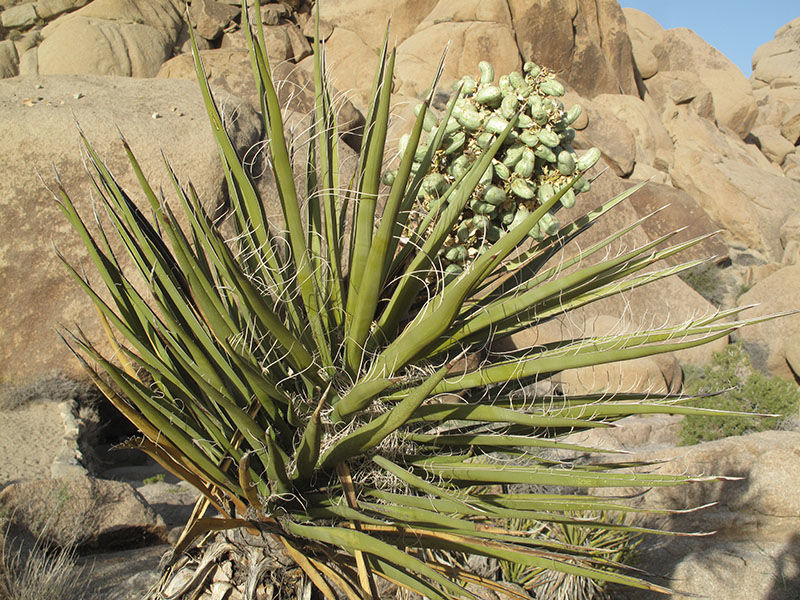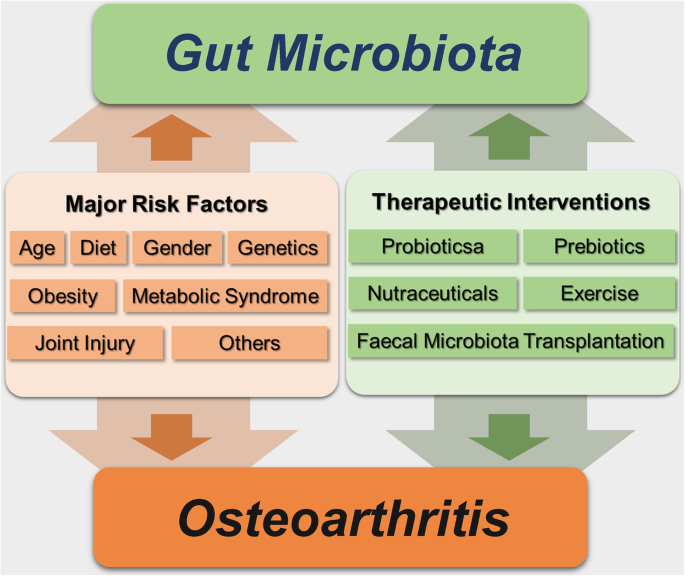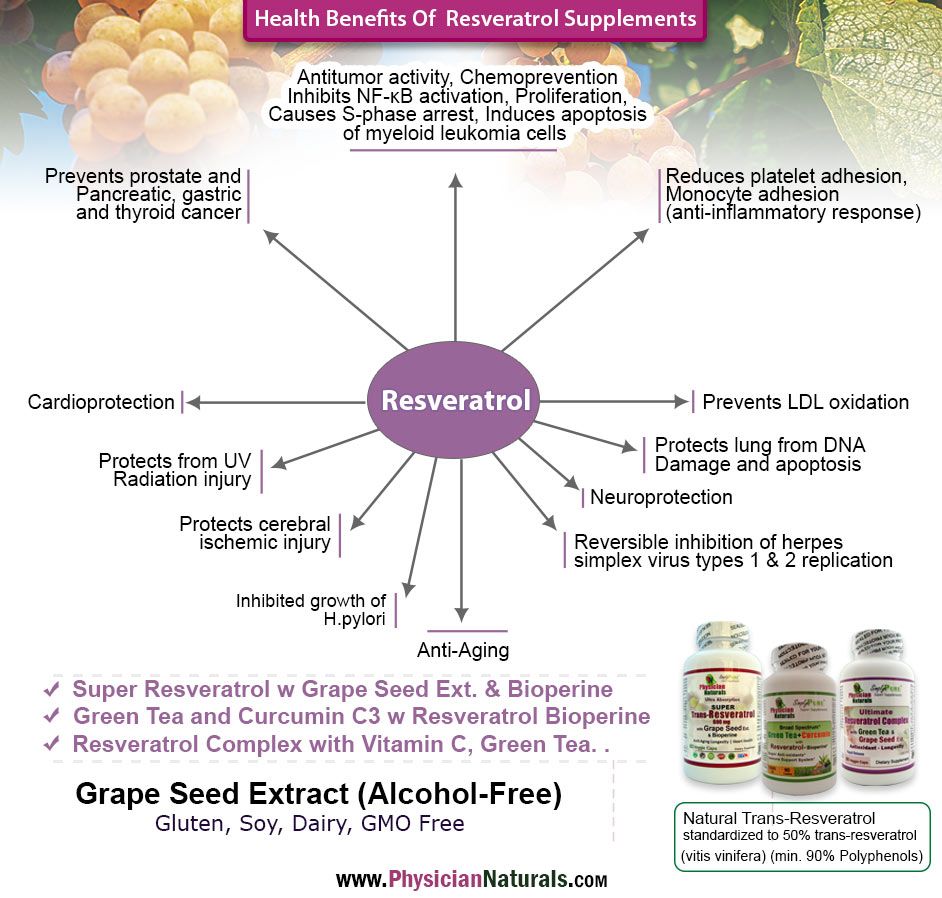
Osteoarthritis (OA) is a source of disability, pain, and socioeconomic cost which affects approximately 18% of females and 10% of males over 60 years of age.1 Additionally, OA is multifactorial and complex, with biological, genetic, and biomechanical drivers.1(376) In recent posts, this author has considered how exercise, improved gut health, supplementation with specific nutrients, and the use of botanicals could support managing inflammation and pain related to OA. In the following sections, a similar theme will continue which explores how Yucca schidigera (YS) might also help manage pain and discomfort associated with joint narrowing and degeneration.

YS is a plant native to the desert regions of both the south-western Unites States and northern Mexico, traditionally used by Native Americans to treat arthritis among other ailments.2 YS contains a palette of phytochemicals which is thought to contribute to analgesic (pain-lowering) effects. Such substances would include saponins; phytochemicals that, among many functions, help suppress protozoa (single celled organisms).2(4) Such is thought to benefit OA since researchers noted that protozoa (Naegleria), which inhabit the intestine, are also found in the joints of individuals with OA; such a relationship might provide a target for treatment nd eradication.2(4)

Cheeke et al2(5) also stated that OA is often associated with aberrations in gut health to include overpopulation of Escherichia coli and Lactobacillus lactis. Considering that YS has anti-bacterial properties, such a plant may help control proliferation of such bacteria. Furthermore, many foods and environmental triggers can produce free radicals which can damage nearby cell walls and tissues. YS also have anti-oxidant properties which might help control oxidative stress; a condition defined by an imbalance between the synthesis and clearance of reactive oxygen species.3 Interestingly, the drug metronidazole is known to control gastrointestinal inflammation and prevent the arthritic process in rat models; YS have been found to be as effective managing the same.2(6)

YS has also been found to contain polyphenols which, as mentioned previously, have anti-inflammatory properties; YS contains resveratrol and yuccaols that are well understood and known to for anti-inflammatory activity. Furthermore, Cheeke et al2(6) also stated that YS has the capacity to down-regulate/inhibit nitric oxide synthase (INOS); an enzyme that helps synthesize nitric oxide which induces inflammation.2(6) The production of INOS is controlled by NFKB, which is a transcription factor responsible for regulating the production of INOS. YS and its constituents (resveratrol and yucca phenolics) help control the aforementioned transcription factor, thereby controlling the degree of inflammatory processes that ensue.
In conclusion, OA is a source of disability, pain, and socioeconomic cost which affects approximately 18% of females and 10% of males over 60 years of age.1 Although OA is multifactorial and complex, with biological, genetic, and biomechanical drivers, there are natural interventions that can support, or possibly replace, conventional pharmacological approaches. It is possible that YS, in conjunction to other protocols this author has covered, in managing the degenerative changes and pain associated with OA. Such a holistic approach could help liberate individuals from OA-related discomfort while enhancing activities of daily living, health, and overall quality of life.
References
1. Glyn-Jones S, Palmer AJR, Agricola R, et al. Osteoarthritis. Lancet. 2015;386(9991): 376-387. doi:10.1016/S0140-6736(14)60802-3.
2. Cheeke PR, Piacente S, Oleszek W. Anti-inflammatory and anti-arthritic effects of yucca schidigera: A review. J Inflamm. 2006;3(6):1-7. doi:10.1186/1476-9255-3-6.
3. Pizzino G, Irrera N, Cucinotta M, et al. Oxidative stress: Harms and benefits for human health. Oxid Med Cell Longev. 2017;2017:1-13. doi:https://doi.org/10.1155/2017/8416763.
-Michael McIsaac
